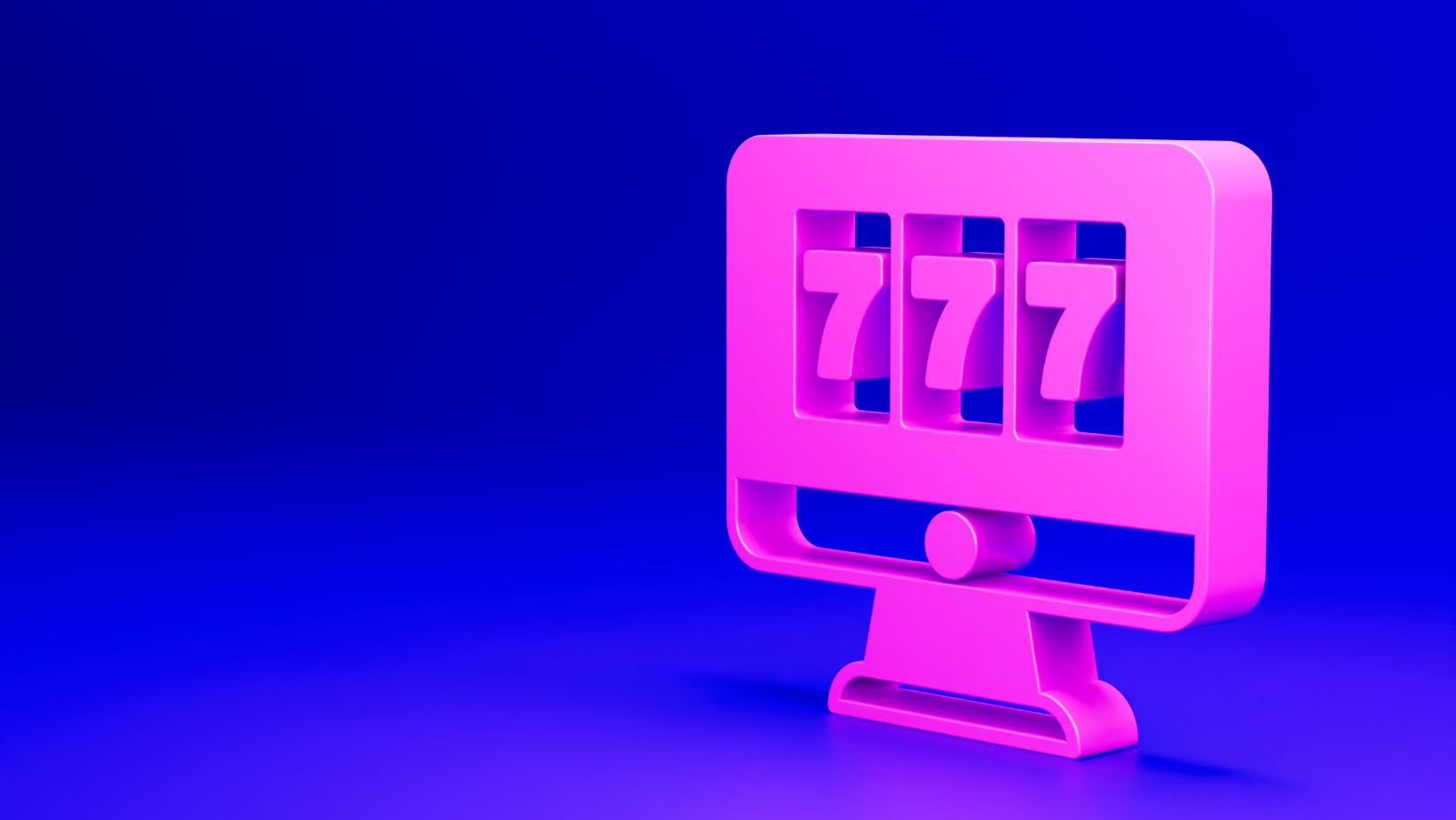The living room is often considered the heart of the home, a place where family and friends gather to relax, connect, and make memories. One of the best and simplest ways to elevate this space is by adding a stylish tv wall unit. It fulfills the functional purpose of a centerpiece, offering a space for a tv and providing an integration of the room. The right unit helps storage, organization, and design and improves the space without sacrificing ease.
The Importance of a TV Wall Unit in Modern Homes
A tv wall unit is more than just a piece of furniture; it is a piece of functional design that improves the organization of the space. In homes with open floor plans, it is a common design challenge to create a semblance of balance and order. A tv wall unit helps define the entertainment space, provide a home to the tv and audio systems, conceal the stray cables and mess, and provide room for decor and books. It helps create a design focal point that draws the eye and dictates the room.
Improving Storage and Organization
The storage capabilities of a tv wall unit are among the greatest benefits it provides. Numerous layouts include cabinets and shelves, which also keep board games and drawers with remote controls organized. With storage options in the living room, families benefit from easy access without compromising on style. Vertical wall units assist in transforming horizontal clutter zones into organized sections. With the versatility of vertical modules and integrated shelves positioned near the tv, wall units are ideal for apartments, smaller homes, and places with limited floor space.
Most Suitable TV Unit Style for Your Living Room
Choosing a tv wall unit with any style depends on personal taste as much as function. Furniture built to any residential style provides a wide range of adaptable design elements, from modern, cozy rustic units to additional trimming for a more traditional look. Units offering more design options are best suited to traditional homes. Ensure style elements such as the color, finish, and overall design achieve balance with the room for a cohesive style.
Designing a TV Wall Unit to Preserve Space
Having a smartly designed tb wall unit adds a lot of value to a constrained space available in the home. These pieces of furniture eliminate the need for cumbersome furniture that takes up a lot of floor space. Instead, they utilize the vertical space.

Wall-mounted units provide the air and open feeling. For such individuals living in small homes or mounted apartments,this unit is advised to ensure that the living area is functional and does not lose its elegant appeal. Integrating lighting features in the furniture may provide the illusion of a large and inviting space.
Incorporating Your Design and Style
Having a tv wall unit allows you to express your individuality. The open space in the unit is a great way to show your collection of books, personal pictures, and other decor items. Some units even come with the option to make flexible adjustments to the shelves. By practical use of space with decorative elements, wall units provide additional character and personality to the space in the living room.
Long-Term Value and Durability
That is why a good-quality tb wall unit is a good investment because it will enhance your everyday living and positively impact the value of your home. This is because solid wood, engineered wood, and metal frames ensure materials will last and withstand daily usage. A considerable number of homeowners regard this as an investment in the home’s interior design, as the unit adds visually to the home’s value and functionality. For practical and inspirational tips, home design and décor sites like HGTV offer a wealth of resources.
Closing Remarks
Beyond housing the television, a tv wall unit stylishly adds to the living room as it enhances storage and spatial functionality and displays personality.

When the tv unit design is in line with your preference and requirements, a cozy and organized environment is created, almost effortlessly. Modern home designs emphasize the dual function of the tv wall unit, which is to add beauty as well as serve practical purposes. Take this design to your living room to elevate daily comfort and the overall décor.









































